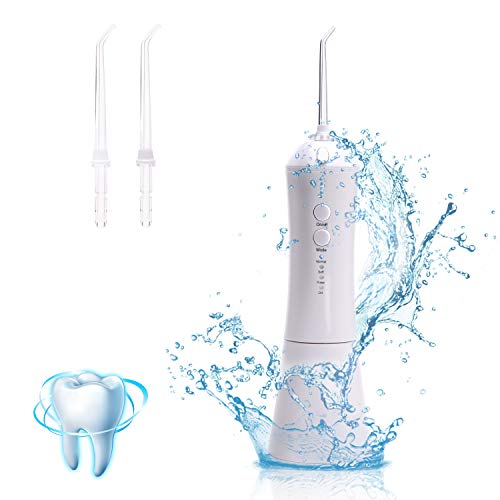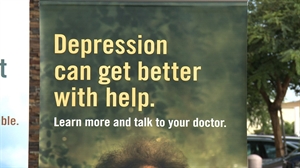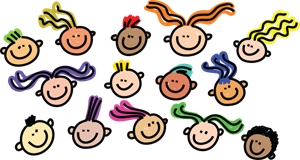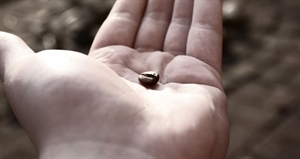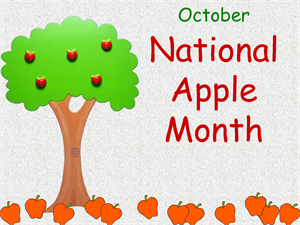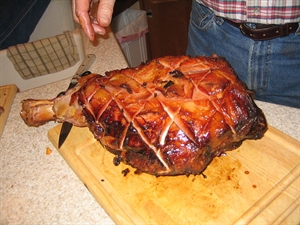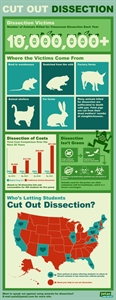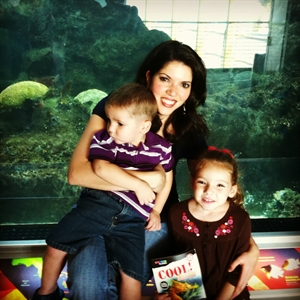National Window Covering Safety Month on October, 2024: what need to be checked while buying baby crib?
October, 2024 is National Window Covering Safety Month 2024. Child Safe Window Treatments Explained - 3 Blind Mice Window Coverings Nationwide Window Safety Month
As an Amazon Associate I earn from qualifying purchases.
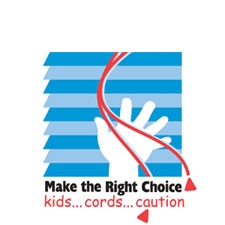
Crib Design
Dispose of antique cribs with decorative cutouts, corner posts or lead paint.
The space between the slats should be no more than 2-3/8 inches apart to prevent infants from getting their head stuck between them. Cribs manufactured after 1974 must meet this and other strict safety standards.
The corner posts should be the same height as the end panels or less than 1/16 of an inch higher than the end panels.
No cut-out areas on the headboard or footboard so a baby's head cannot get trapped.
The top rails of crib sides, in their raised position, should be at least 26 inches above the top of the mattress support at its lowest position.
As soon as the child can pull himself to a standing position, set and keep the mattress at its lowest position. Stop using the crib once the height of the top rails is less than three-fourths of the child's height.
Mattress
The mattress should fit snugly next to the crib so that there is no gap. If two adult fingers can be placed between the mattress and the crib, the mattress should be immediately replaced.
Do not use plastic packaging materials, such as dry cleaning bags, as mattress covers. Plastic film can cling to children's faces and should never be in or near the crib.
Put your baby to sleep on his or her back or side in a crib with a firm, flat mattress and no soft bedding underneath. Talk to your pediatrician about which sleeping position is best for you child.
Crib Hardware
The drop side(s) of the crib should require two distinct actions or a minimum force of ten pounds with one action to release the latch or the locks to prevent accidental release by the child.
The crib hardware should be checked for disengaged, broken, bent or loose pieces. Special checks should be made of the mattress support hangers and brackets so they cannot drop. The hardware and the crib should be smooth and free of sharp edges, points and rough surfaces.
Crib Accessories
Bumper pads should cover the entire inside perimeter of the crib and tie or snap in place. Bumper pads should have at least six straps or ties and any excess length of straps or ties should be cut off. Bumper pads should never be used in lieu of proper spacing between the slats and should be removed from the crib as soon as the child can pull himself to a standing position.
Teething rails that are damaged should be fixed, replaced or removed immediately.
To prevent possible entanglement, mobiles and crib gyms, which are meant to be hung over or across the crib, should be removed when the child is five months old or when he begins to push up onto hands and knees or can pull himself up.
Keep the crib clear of plastic sheets, pillows, and large stuffed animals or toys. These can be suffocation hazards or can enable youngsters to climb out of the crib.
Any cloth or vinyl items that are loose or torn should be replaced or repaired immediately.
Crib Environment
Do not place crib next to a window. Drapery and blind cords pose an entanglement hazard and window screens are not intended to keep a child in, only insects out.
Install smoke detectors. Follow the manufacturer's directions for placement. Check at least once a month to make sure battery and smoke detector are in good working condition.
Lead is a health hazard, especially to young children. It can be found in dust and soil off busy roadways, in old paint on walls, toys and furniture and sometimes in paint on new imported items. If you think your child has taken in leaded paint or soil, or you need help with identifying or removing lead paint, call the National Safety Council's National Lead Information Center at 800-424-5323.
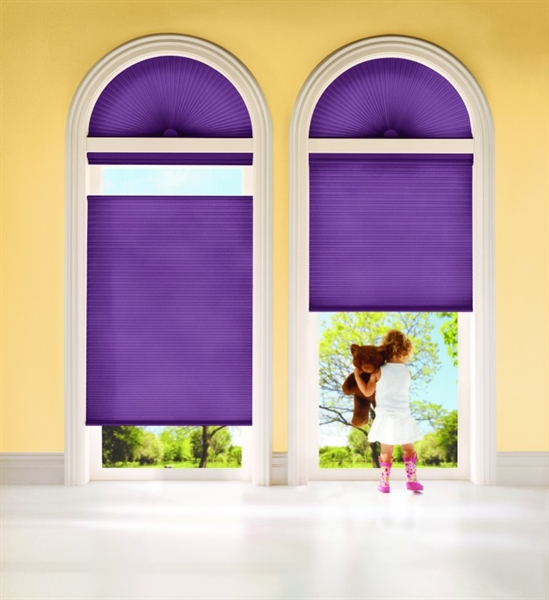
When do you stop using a regular forward facing carseat and use a booster seat?
Booster seats can not be used until the baby is at least 4 years old.
PS Unless your baby is over the maximum weight/height for a rear-facing seat she should still be rear-facing
Forward-Facing Only Child Safety Seat
This next category covered by our car seat review is certified for use from 20-30 pounds up to 40 pounds or more. The child must be at least one year old. It is designed to be used in the forward facing position only. Some models may be appropriate for children with disabilities or special needs. The models withhigher weight limits recommended by the manufacturer are ideal for children over 40 poundswho are under age 3-4 years or not ready to sit properly in a booster seat with the lap/shoulderbelt.
[...]
Belt-Positioning Booster Seat
The last version covered in our car seat review is good for use from 30 to 40 pounds and over. The child should be at least age 3-4 and up to 80-100 lbs. This type helps position the child properly in the vehicle's lap and shoulder belt. It should never be used with the lap belt only. The high-back booster version is recommended if the vehicle has low seat back. Some models may have a removable back. A booster seat without a back may be used if the child's head is supported up to the top of the ears by the vehicle seat back.
4 – 8 years: the booster seat stage
Booster seats are designed for children up to 8 years old and who weigh between 40-80 lbs (18kg-36kg), and who stand with a height of less than 4’9’’ (145cm.)
Booster seats enhance safety when used correctly with a built-in seat belt. Remember, the Ministry of Transportation has made the use of booster seats mandatory for children who have outgrown a car seat, but are still too small for a regular seat belt. Not using a booster seat can cause serious internal injuries or even death in the event of a crash.
There are four types of booster seats to choose from:
* Child-Booster seat
* High-Back Belt –Positioning Booster seat
* Simple Booster seat
* Removeable –Back Booster seat
* Abdominal Shield Booster seat
Once your child has reached the harness height/weight limit of their forward facing seat and are at least 40 lbs and 4 years of age it’s time to look at booster seats. Adult seat belts are just that, designed for an adult. A booster seat lifts children up so that the seat belt fits safely over their body. Some parents also say their children are happier as it lifts them up so that they can see out the window.
Booster seats can only be used if your car has lap-shoulder belts. They can not be used with lap only belts. There are two types of booster seats.
High Back: These seats support your child’s head in low back seats. Some also have integrated Side Impact Protection for added safety.
Backless: These have just a seat; they are safe in cars with high back seats and headrests.
Children should use a booster seat until the middle of their ears is above the top of the car’s seat or the back of the high back booster seat.
You can safely switch your child to a booster seat if she's at least 4 years old and she weighs 40 pounds or more or has grown too tall for her car seat (when her shoulders are higher than the top set of harness-strap slots in the car seat's back). Whatever you do, don't move your child to a booster seat simply because she's had her fourth birthday. Car seats are the safest option, so keep using yours as long as it fits. You'll also need to check the car seat law in your state (you can use the Child Safety Laws tool at the National Safe Kids Campaign site to look up local regulations).
Safety experts and the American Academy of Pediatrics recommend that children remain rear-facing as long as possible and never travel forward-facing before they are 1 year old and also weigh at least 20 pounds to reduce the risk of serious neck injury and lifelong disability. All new convertible seats available today allow a child to remain rear-facing until they weigh up to 30 or 35 lb, depending on the model.
When the child is rear-facing, the head, neck, and thorax are restrained together by the back of the CR in a frontal crash. There is little or no relative motion between the head and torso that could load the neck. If the same child were facing forward, the harness would restrain the torso, but the head and neck would pull and rotate forward, leading to the potential for serious upper spinal injury.
There are many misunderstandings and misconceptions about rear-facing vs. forward-facing that lead even the best intentioned parent or pediatrician to believe a chi

Did you know Giffords was a pro life Republican before she was a blue dog?
The truly horrific news in Tuscon today defies any sort of context, but it follows a an incident of violence targeted at Congresswoman Gabrielle Giffords earlier this year.
On March 21, 2010, the night the House of Representatives passed its sweeping health reform law, a window was smashed in Congresswoman Giffords's office in Tuscon, the city she has represented in Congress since 2006, where she was shot today. Her staff stayed late in the office, as the health care vote happened well into the night in Washington, and after everyone had left, someone smashed a window.
The Arizona Daily Star published this story the following day:
The front door was smashed out at Congresswoman Gabrielle Giffords' congressional office last night.
At 2:40 a.m., just a few hours after staff left the building after the late-night vote, the alarm system went off, said spokesman C.J. Karamargin. The panel to the front door and the glass panel alongside it were smashed out. The perpetrator likely had to hop the gated fence to get access to the door, since it's not viewable from the parking lot.
Karamargin said it was unclear if the glass had been shot out with a kind of pellet gun, if it had been kicked or smashed with an object. The door has been covered with plywood.
Giffords's office became one of many stories that week about violence and intimidation aimed at members of Congress surrounding the health care vote. Seven months earlier, tensions over health care and President Obama's stimulus plan had led to violence at lawmakers' town-all meetings, like the one Giffords was hosting today.
As health care was passed, Democratic Rules Committee Chairwoman Louise Slaughter (CA) and Rep. Bart Stupak (MI), who made a last-minute compromise with the Obama administration over abortion language, reportedly received death threats. A gas line was severed at the home of Rep. Tom Perriello's (VA) brother, and the FBI investigated. As lawmakers met on Capitol Hill to consider the health care law the Saturday before the vote, Democratic members of Congress were harassed by angry protesters outside their office buildings.
House Democrats met with Capitol Police to discuss security concerns after this unsettling wave of events, at the request of then-Speaker Nancy Pelosi and then-Majority Leader Steny Hoyer.
A couple days after Giffords's window was smashed, I talked to CJ Karamargin about it, and, if I recall correctly, CJ still wasn't sure how it had been done. The small hole in the center of the window looked something like a bullet hole, and, as media outlets picked up the story, people referenced the incident as Giffords's office having been "shot."
The national atmosphere that week was surreal, as political tensions once again took on dark, violent tones, not so long after things had turned bad during Congress's August recess just seven months previously. Ever since a protester displayed a hanging effigy of Rep. Frank Kratovil (D-MD) in August 2009, Washington was on edge, concerned about the safety of lawmakers and not sure what to make of the violent direction in which politics seemed to be headed. No one could quite determine how serious the threats against lawmakers were.








